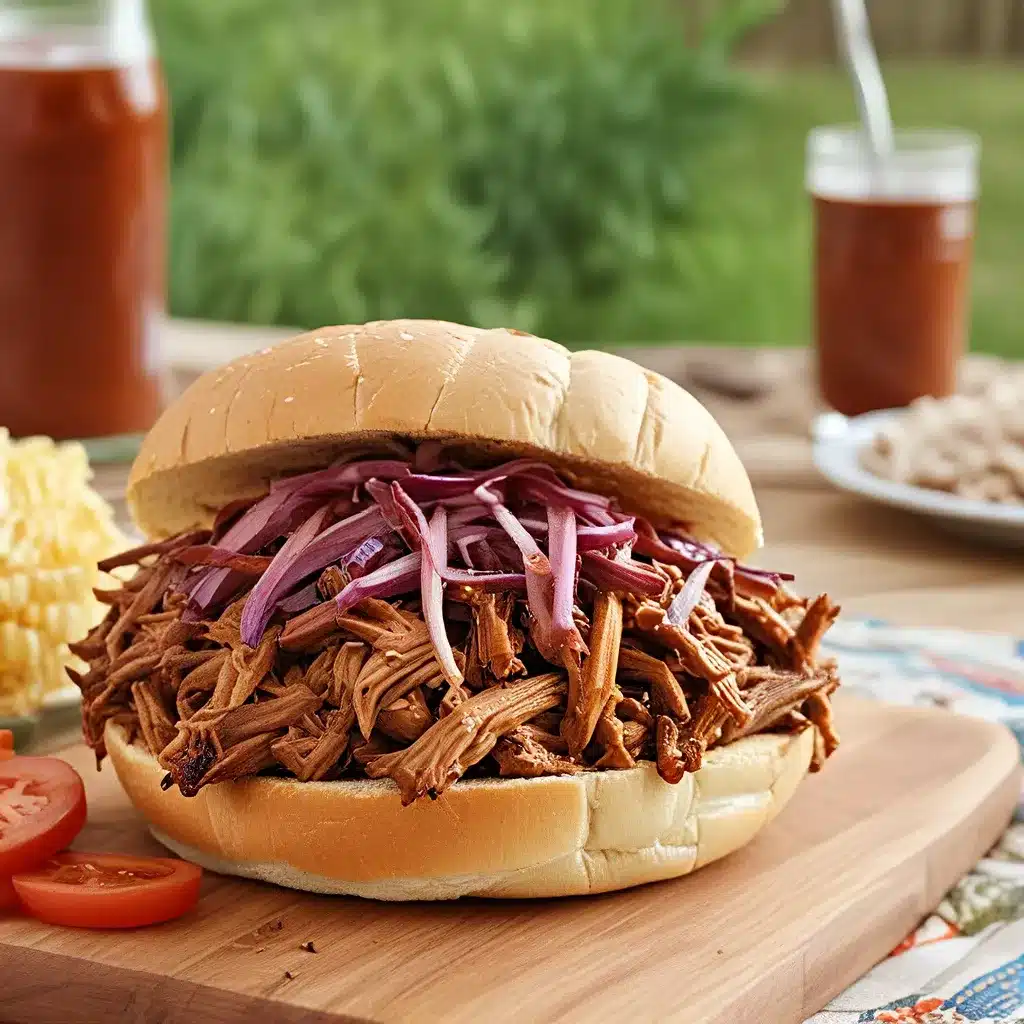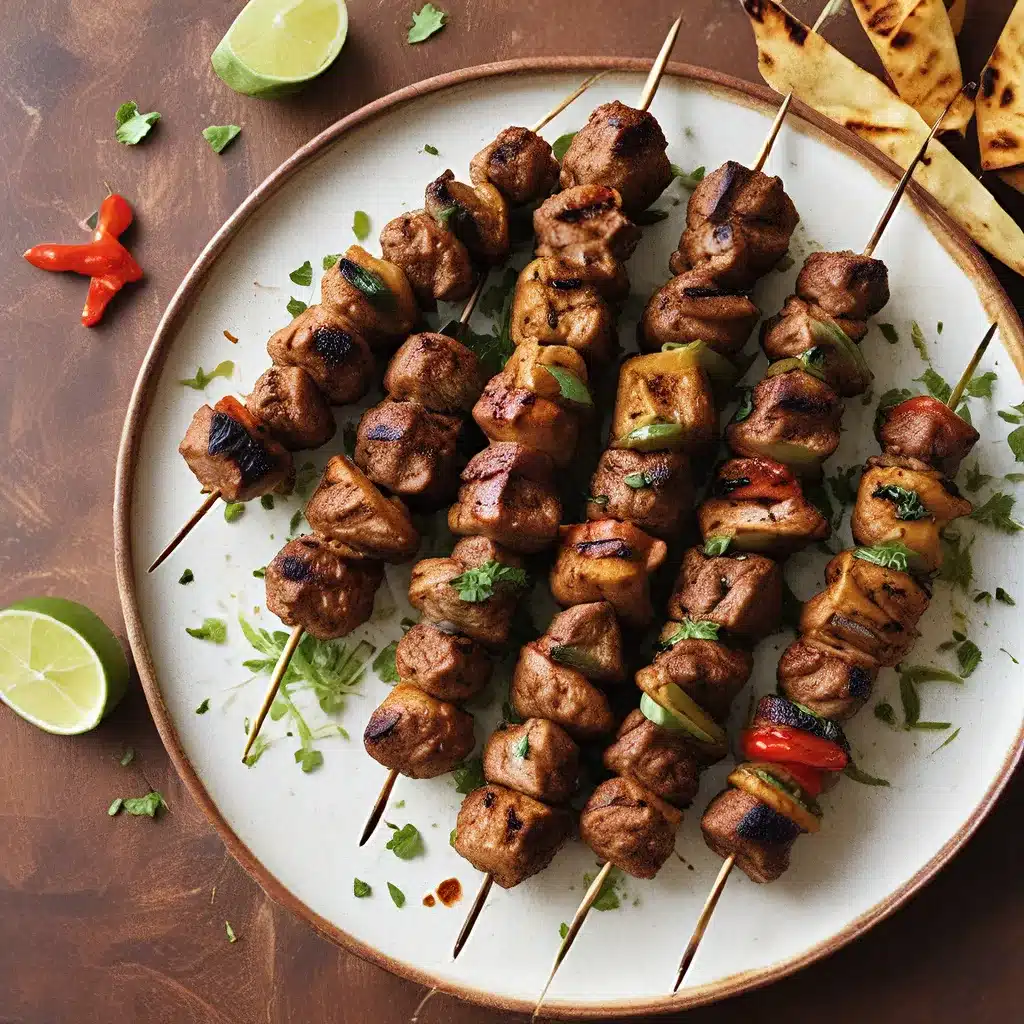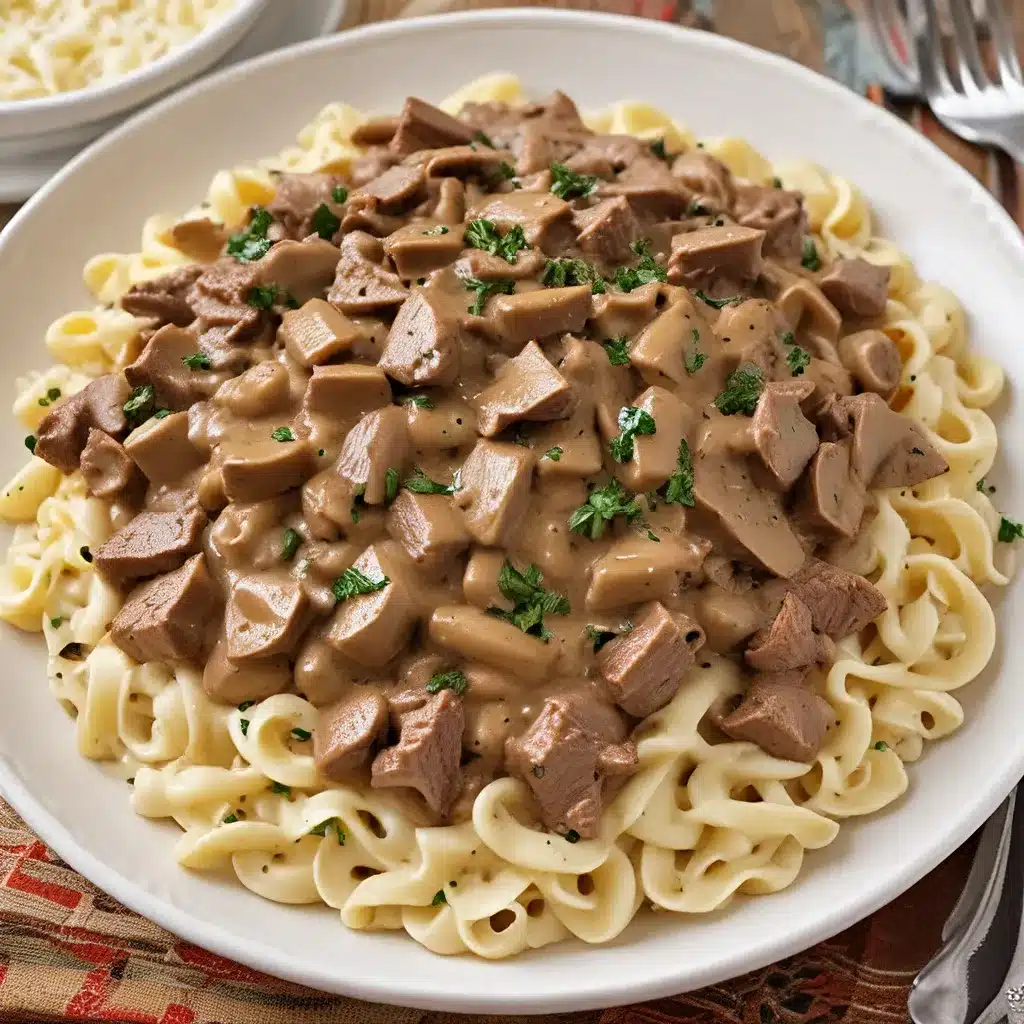
The Art of Ingredient Optimization
As a home cook, I’m always on the lookout for ways to maximize the value of my grocery haul. It’s no secret that food costs can add up quickly, and I’m not about to let any of my hard-earned cash go to waste. That’s why I’ve made it my mission to become a master of ingredient stretching – extracting every last drop of flavor and utility from the things I buy.
Mastering the Grocery Store
When I hit the grocery aisles, I don’t just grab what’s on my list and head for the checkout. Oh no, I arrive armed with a strategy. I start by carefully perusing the weekly flyers, taking note of any products or produce that are particularly well-priced. As the wise Redditors have advised, I let these sales drive the direction of my meal planning for the week.
Of course, I don’t just blindly buy whatever is discounted. I take the time to think about how I can incorporate those items into multiple dishes, maximizing their use. For example, if chicken tenders are on special, I might plan to use them in a stir-fry one night, chicken salad for lunches, and maybe even throw some into a pasta bake later in the week. That way, I’m stretching that one sale item across several meals.
The Power of Versatile Ingredients
Speaking of versatile ingredients, those are the real heroes in my kitchen. Things like eggs, potatoes, onions, and rice – they may not be the most exciting items on my list, but boy do they pack a punch when it comes to getting the most bang for my buck.
Take eggs, for instance. They’re a staple in my fridge, and I find ways to work them into breakfast, lunch, and dinner. Scrambled for a quick meal, fried on top of salads, or whisked into a quiche – the options are endless. And let’s not forget the baking potential of those little oval wonders. A batch of homemade cookies or muffins can stretch a carton of eggs across multiple servings.
Potatoes are another one of my go-to stretching ingredients. Whether roasted, mashed, or turned into hash browns, they provide a hearty and filling base for all sorts of dishes. And the best part? A single 5-pound bag can last my family for over a week. That’s what I call value.
Repurposing with Creativity
Of course, ingredient stretching isn’t just about buying the right things – it’s also about getting creative with how you use them. Take, for example, that rotisserie chicken you picked up for a quick dinner. Sure, you could just serve it as-is, but why not shred the leftovers and turn them into chicken salad or enchiladas later in the week?
The autolyse technique is another great way to get more mileage out of your ingredients, particularly when it comes to bread and dough-based products. By letting the flour and water rest before adding the rest of the ingredients, you can reduce mixing time and develop a stronger, more extensible dough. This means you can use less flour overall, while still achieving that perfect rise and texture.
And let’s not forget about the power of the humble potato peel. As Susan from Susan’s Cooking School advises, those seemingly useless scraps can be transformed into delicious potato chips or even added to soups and stews for extra flavor and texture.
Embracing the Unexpected
Sometimes, the best ingredient stretching happens when you’re willing to step outside your comfort zone. Take, for example, that package of chicken livers you impulse-bought at the grocery store. Sure, liver might not be your first choice, but with a little creativity, you can turn it into a tasty pâté that will last you for multiple meals.
Or what about those slightly overripe bananas sitting on your counter? Rather than tossing them, you can mash them up and use them in everything from banana bread to smoothies to pancakes. The possibilities are endless!
The Joys of Homemade
Of course, one of the best ways to stretch your ingredients is to make as much as you can from scratch. Things like bread, yogurt, and even condiments can be easily made at home for a fraction of the cost of store-bought versions. As the Buzzfeed contributor points out, a steady supply of homemade staples can go a long way in helping you maximize your grocery budget.
Take, for example, my trusty sourdough starter. I’ve been nurturing that little guy for years, and he’s become an indispensable part of my kitchen routine. Not only do I use him to make delicious loaves of bread, but I can also leverage him to create everything from pizza dough to English muffins. It’s a gift that keeps on giving, and it’s all thanks to a little flour and water.
Embracing the Leftovers
Finally, no discussion of ingredient stretching would be complete without a nod to the humble leftover. It’s so easy to get caught up in the excitement of planning new and exciting meals, but the truth is, our fridges are often full of untapped potential.
As the sourdough experts at The Perfect Loaf explain, the key is to think creatively about how you can repurpose those odds and ends. That half-eaten chicken breast? Chop it up and toss it into a salad. Those leftover mashed potatoes? Form them into patties and fry them up for breakfast. The possibilities are endless, and the cost savings can be substantial.
So, the next time you’re staring at your fridge, wondering what to do with all those seemingly random ingredients, take a deep breath and get a little inventive. With a bit of creativity and a willingness to think outside the box, you’d be amazed at how far you can stretch your grocery budget.







